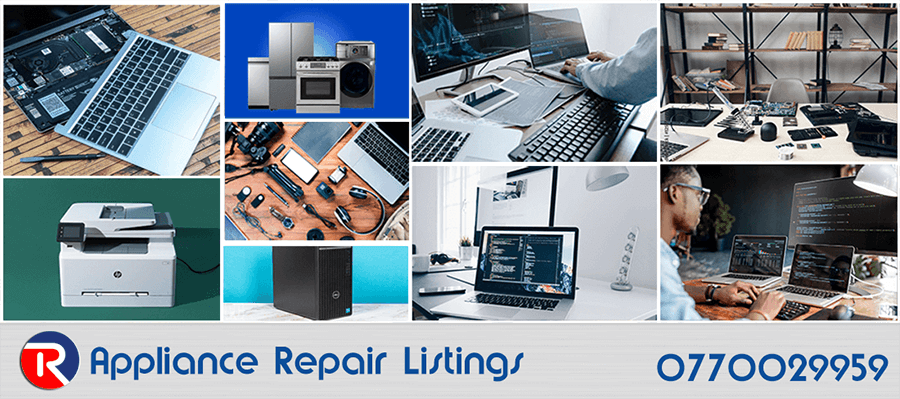
Washing Machine Leak Repair
Addressing a washing machine leak promptly can save you from costly repairs and water damage. By identifying the source of the leak, whether it’s a worn-out hose, a faulty seal, or a clogged drain, and following the appropriate repair steps, you can restore your machine’s functionality. Regular maintenance, such as checking hoses and cleaning filters, can prevent future leaks. If the issue persists or seems complex, contacting a professional service like Repair.co.ke ensures a reliable fix, extending the lifespan of your appliance.
A leaking washing machine can be a frustrating and potentially damaging issue in any household. Water pooling around your appliance not only disrupts your laundry routine but can also lead to mold growth or structural damage if left unchecked. At Repair.co.ke, we understand the importance of a fully functional washing machine. This article provides a step-by-step guide to diagnosing and repairing common causes of washing machine leaks, empowering you to tackle the problem or know when to call in the experts.
Common Causes of Washing Machine Leaks
Before diving into repairs, it’s essential to identify the source of the leak. Here are the most common culprits:
- Damaged Hoses: Inlet or drain hoses can crack or loosen over time, causing water to escape.
- Worn Door Seals: Front-loading machines often leak due to deteriorated rubber seals around the door.
- Clogged Drain Pump or Filter: Blockages can cause water to back up and overflow.
- Faulty Water Inlet Valve: A malfunctioning valve may allow water to leak even when the machine is off.
- Overloading or Imbalanced Loads: Excessive detergent or uneven loads can lead to spills during the spin cycle.
Step-by-Step Repair Guide
Follow these steps to diagnose and fix a washing machine leak:
1. Safety First
Unplug the washing machine and turn off the water supply to avoid electrical hazards or further water flow.
2. Inspect Hoses
- Check the inlet and drain hoses for cracks, kinks, or loose connections.
- Tighten any loose fittings with a wrench.
- Replace damaged hoses with compatible ones, available at hardware stores or through Repair.co.ke’s spare parts service.
3. Examine the Door Seal (Front-Loaders)
- Inspect the rubber gasket around the door for tears, mold, or debris buildup.
- Clean the seal with a mixture of vinegar and water to remove grime.
- If the seal is damaged, replace it by consulting your machine’s manual or contacting a technician.
4. Clean the Drain Pump and Filter
- Locate the drain pump filter (usually at the bottom front of the machine).
- Place a towel and shallow pan beneath to catch water.
- Remove and clean the filter, clearing out lint, coins, or other debris.
- Ensure the drain pump itself isn’t clogged or damaged; replace if necessary.
5. Test the Water Inlet Valve
- Find the valve where the inlet hoses connect at the back of the machine.
- Check for leaks or cracks in the valve assembly.
- If faulty, replace the valve, ensuring compatibility with your machine’s model.
6. Address Overloading Issues
- Avoid overfilling the drum or using too much detergent, as this can cause excessive suds and leaks.
- Ensure loads are balanced to prevent water from spilling during high-speed spins.
When to Call a Professional
Some leaks require specialized tools or expertise. Contact Repair.co.ke if:
- The leak persists after basic troubleshooting.
- You suspect internal component damage, such as a cracked tub or faulty pump.
- You’re uncomfortable performing repairs yourself.
Our team offers prompt, reliable service across Kenya, with genuine parts and a commitment to quality.
Preventative Maintenance Tips
To avoid future leaks:
- Inspect hoses and seals every six months for wear.
- Clean the drain filter monthly to prevent clogs.
- Use the recommended amount of detergent for your machine type.
- Schedule annual maintenance checks with Repair.co.ke to catch issues early.